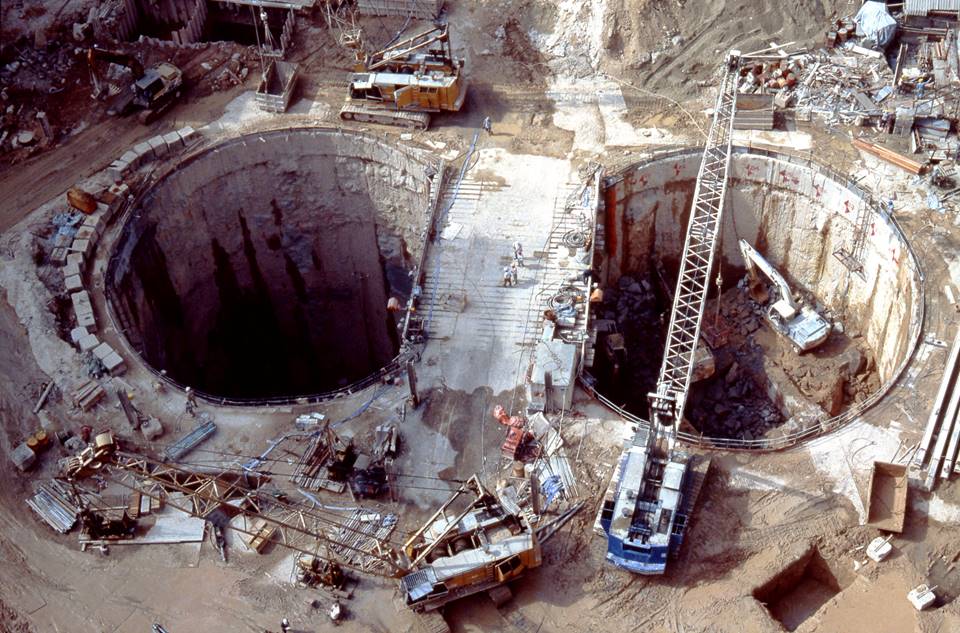People Spotlight Series: Meet Dr. John Endicott
Our People Spotlight series gives you an inside look at our technical experts around the world. This week, we are highlighting a tunneling technical lead from our Transportation business line in the Asia Region and providing you insight into his design inspiration and work.
John joined Maunsell, which was acquired by AECOM twenty-years ago, in the U.K. in 1970 and worked on the design of a range of structures. In 1975, he moved to Hong Kong to prepare tender designs for underground packages for the Mass Transit Railway (MTR), which were all selected. John stayed in the city and grew AECOM’s geotechnical business providing services for underground structures, reclamation, tunnels and slope stability.
With his extensive experience in the industry, John was recognized by the Institution of Civil Engineers in 2021 for the distinguished achievement of being a member of the association for 50 years. Currently, he is in Saudi Arabia as part of the team designing transport and utilities backbone infrastructure for NEOM – The Line, a project that aims to set a new model for smart cities emphasizing on technology and sustainability.
Tell us about what inspired you to join the industry. I worked on my PhD at Cambridge University in the U.K. and at the time, critical state soil mechanics and the now well-used Cam-Clay Model were being developed under the inspiring leadership of Ken Roscoe, Peter Wroth and Andrew Schofield. I became very interested in how the ground moves, how it interacts with structures and how to achieve cost-effective and safe designs for underground structures.
What is your favorite AECOM project that you’ve worked on and why? I have been fortunate to work on many major projects throughout my career. My favorite is probably the site preparation for Chek Lap Kok International Airport at Hong Kong, where a 260-hectare island was flattened and 960 hectacres of adjacent reclamation was formed in 28 months. I was extremely proud of the teamwork that my colleagues exhibited on the project which was instrumental to its success.
Another pivotal project of my career was the tender designs for three underground railway stations and two tunnels in Hong Kong in 1975, which were all the lowest and below the engineer’s estimate. It sealed the start of the MTR, a major public transport network that serves 3.5 million passengers daily today.
Tell us a story of how your work positively impacted the community. I have been involved with the construction of more than 100 underground railway stations in busy cities across Asia. Millions of people now travel safely below ground and have convenient access to jobs, schools and other essential services, while the streets above are less congested.
In the 1970s, landslides in Hong Kong, with steep slopes and heavy rainfall, took the lives of more than 200 people. Subsequent stability studies and slope remedial work have dramatically reduced the incidents of slope failure, saving many lives and damage to property.
Share a piece of career advice. There are many aspects of engineering, from planning to design to construction. Regardless of your role, it is important to understand what other people do on a project and how your role fits with theirs. Engineers provide a service, and teamwork, with one another, with clients and with contractors, are all very important to delivering quality work.








